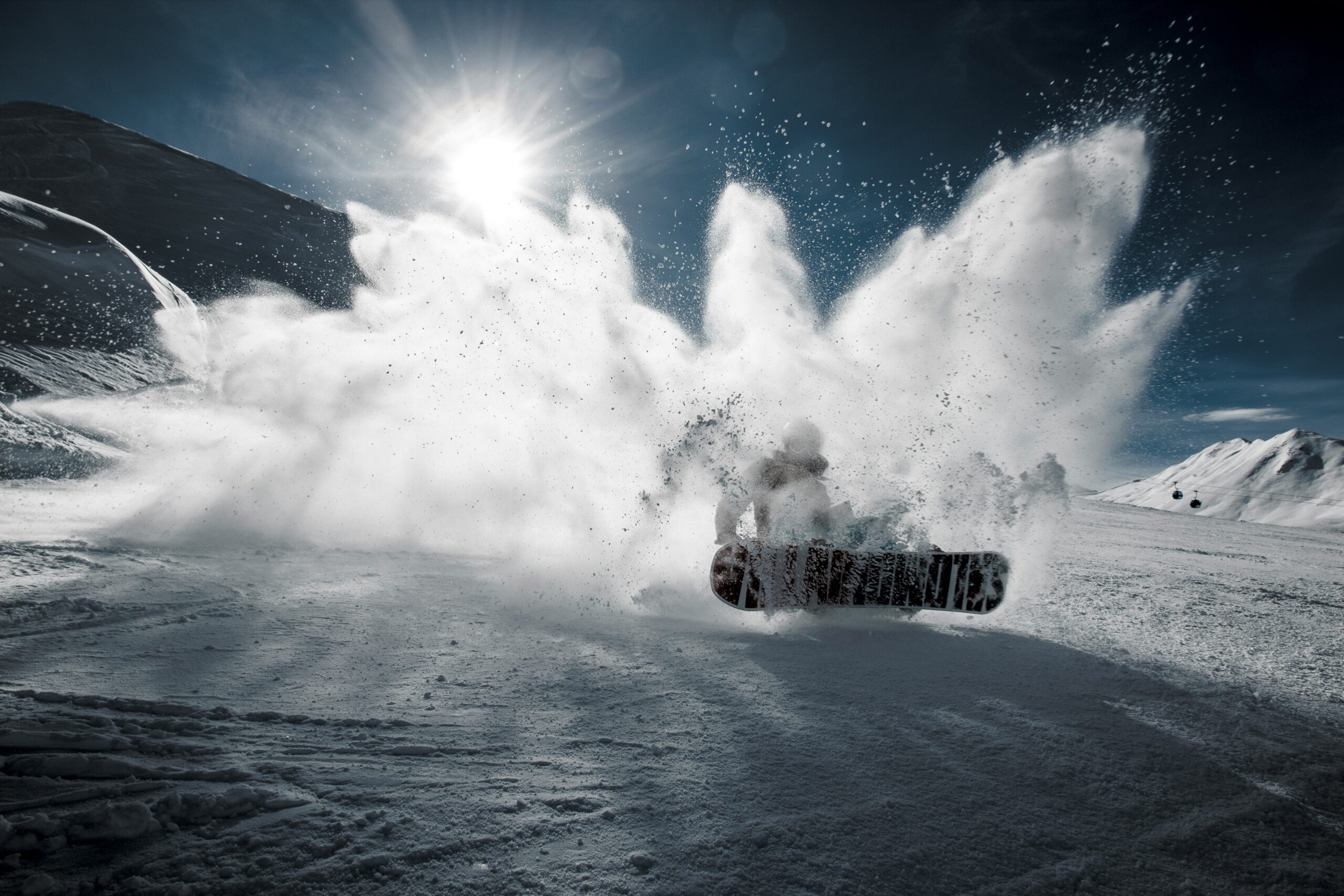
Snowboarding is an exhilarating winter sport that offers a blend of thrill, technique, and style. Whether you’re a beginner just starting or an experienced rider aiming to refine your skills, mastering snowboarding methods is essential for progressing on the slopes. This guide will take you through the basics and introduce advanced tricks that will help you elevate your snowboarding game.
Getting Started: The Basics of Snowboarding
Before you can master complex tricks, it’s crucial to understand the fundamentals of snowboarding. The first step is choosing the right gear. A proper snowboard, boots, and bindings that fit comfortably will significantly improve your experience and performance. When you’re just beginning, make sure to rent equipment or consult an expert to find the best fit.
Once you’re properly equipped, it’s time to learn the basics of stance and balance. The two main stances in snowboarding are regular and goofy. Regular means leading with your left foot, while goofy means leading with your right. Finding your natural stance is key to riding comfortably and efficiently. From there, practice getting comfortable on the board, learning how to move, stop, and control your speed. These basic skills are the foundation for everything else.
Developing Control: Turning and Stopping
As you become more comfortable with the basic movements, it’s time to focus on turning and stopping. Turning is one of the first skills you’ll need to master for navigating different slopes. Start by practicing simple turns on a gentle slope. Focus on shifting your weight from your heels to your toes, which will help guide the board in the desired direction.
Stopping is equally essential for your safety. One of the most common methods to stop is the “falling leaf” technique, where you gently slide down the hill while keeping control. Eventually, you’ll learn to stop by carving the board into the snow in a controlled manner, but practicing both techniques will ensure you’re ready for any situation on the mountain.
Progressing to Intermediate Techniques
Once you’ve mastered the basics of turning and stopping, it’s time to progress to more intermediate snowboarding techniques. Carving is a step up from basic turning and involves making smoother, more controlled turns by angling the edge of the board into the snow. The key to carving is learning how to shift your weight and apply pressure on the board’s edge to maintain control through tight turns.
Another essential technique at this stage is edging. Edging is crucial for keeping your snowboard in control on steeper slopes, especially when the snow is icy. By mastering the art of edging, you’ll be able to ride down the mountain with more precision and speed. Practice these techniques on varied terrain to build your confidence and control.
Advanced Snowboarding Tricks: Air and Jumps
When you’re ready to push your limits, it’s time to start working on advanced snowboarding tricks. A solid foundation of control is essential before attempting tricks like jumps and aerial maneuvers. Begin with small jumps to build your confidence and develop a feel for airtime. Approach the jump with a balanced stance, and as you hit the ramp, use your legs to spring upward, pulling your knees to your chest.
Once you’re comfortable with basic jumps, you can progress to more complex tricks, such as grabs and spins. Grabbing involves reaching down and holding onto your snowboard while in mid-air. This move requires timing and control, so be sure to practice before attempting higher jumps. Spins are another popular trick in snowboarding, where you rotate the board in the air. Start with 180-degree spins and gradually increase the degree of rotation as you gain confidence.
Mastering Freestyle and Big Mountain Riding
Freestyle snowboarding is about style and creativity, with riders often performing tricks in terrain parks and halfpipes. To truly master freestyle, focus on perfecting your tricks while keeping your movements fluid and stylish. The key is to consistently practice and push your limits in various terrain features, such as rails, boxes, and jumps.
For those looking to tackle more challenging terrain, big mountain riding is the next step. This involves navigating steep slopes and natural features, such as rocks and cliffs, while maintaining control and speed. Big mountain riding demands excellent technique, including quick decision-making and precision carving. It’s recommended to take a lesson with an expert if you plan on transitioning to big mountain riding to ensure you’re using the proper techniques.
Safety and Snowboarding Etiquette
As you progress through the various stages of snowboarding, it’s essential always to prioritize safety. Make sure you wear proper protective gear, such as a helmet, wrist guards, and knee pads, to reduce the risk of injury. Always follow the rules of the mountain, including riding within your ability and respecting other riders’ space.
Snowboarding etiquette is just as important as skill. Be aware of your surroundings, especially in crowded areas. Avoid cutting in front of other riders and be mindful of slower snowboarders or skiers. Respecting others and staying safe will ensure you and everyone around you have an enjoyable experience on the slopes.
Mastering snowboarding is a rewarding journey that requires practice, patience, and dedication. From the basic stance to advanced tricks, each step you take will help you become a more skilled and confident rider. Whether you’re carving down a steep slope or pulling off a complex trick in the air, the joy of snowboarding is in the challenge and the thrill of pushing your limits.